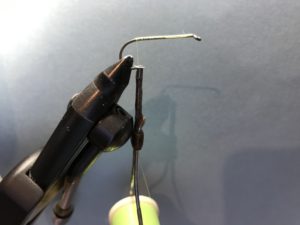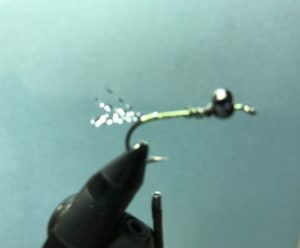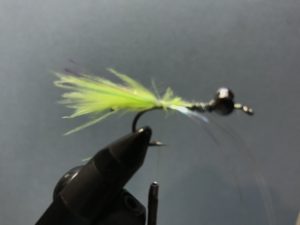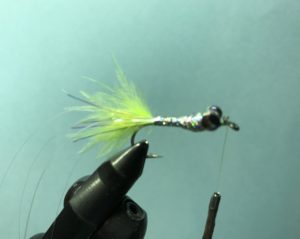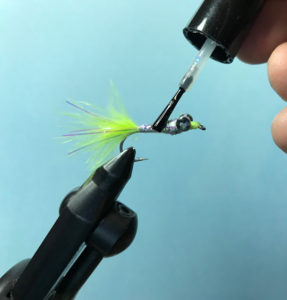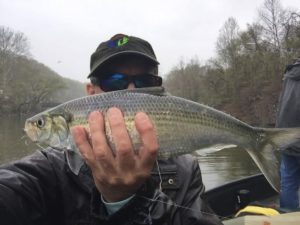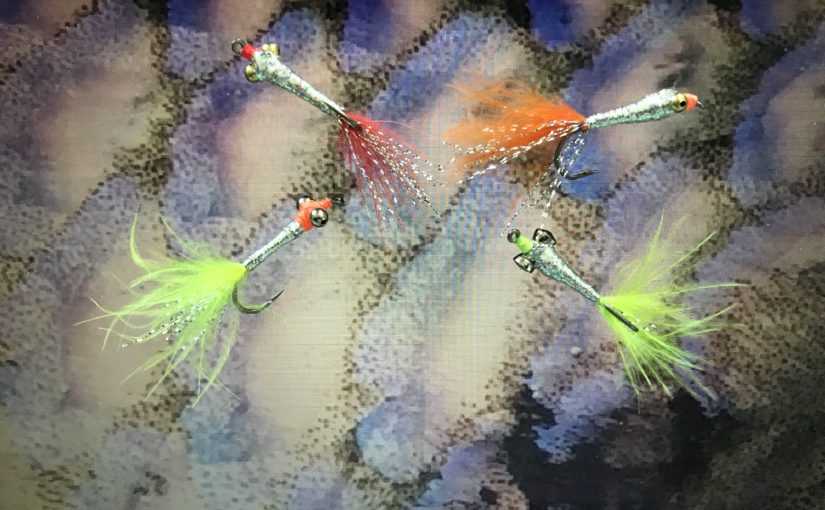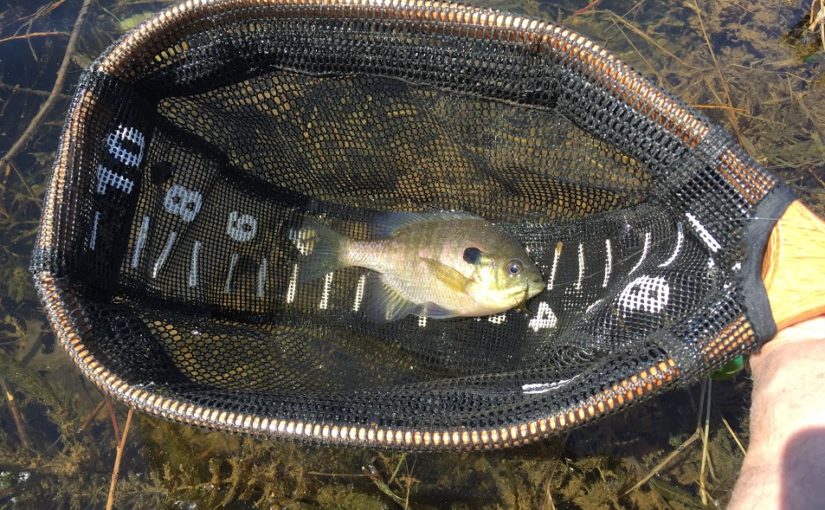Safe Handling of the Landlocked Salmon
Landlocked Atlantic salmon are probably the most delicate fish I target. Keep them out of the water too long, they go belly up. Fish in warm water, they go belly up. Look at them the wrong way, they go belly up.

To add to the problem, they have no quit in their fight. They make runs, they jump, they bulldog. Once in the boat, they flip, they flop, they spin like sharks. They just don’t know when to give up. They’re too scrappy for their own good.
I started as a 100% netter. Any LLS I brought to boat I scooped up with a net, and brought it aboard. That seemed like the logical approach. Unfortunately, it just opened a new can of worms.
Typically, when you bring landlocks in the boat, they go ape shit. They have no regard for their own safety. They don’t just thrash a bit. They spin, and they spin fast. This snaps leaders, breaks split rings, and sinks in extra hook points. Possibly worst of all, that spinning will often roll the salmon up in the line or leader. That can cause physical injuries, but it also delays the release while you untangle them adding to their stress.
I have tried boatside releases. Just bring the salmon beside the boat, reach down with pliers, and pull the hook out. This can work well in the right situation. Add in a lure with trebles or a fly that you don’t want to destroy, and it’s suddenly a bad idea. Now, I rarely use this method.

The best approach I have found is a hybrid of the two. Net the fish at boatside, but don’t lift it out of the water. The fish will remain calm – relatively speaking. After the hook is removed, lower the net a little to create a pool in which the fish can recover. Once the fish is upright and free swimming, tilt the net below the surface. It will swim off.
If you are in a moving boat, do this at the stern. There will be slack water there. The fish won’t get pinned in the net. Recovery and release will be stress-free
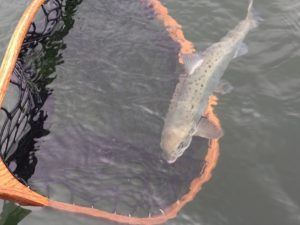
With that bit of advice, here is Number 6 on The List, the Landlocked Atlantic Salmon, Salmo salar sebago.
The 2019 Fly Fishing Species List:
- Brook Trout – Salvelinus fontinalis
- Brown Trout – Salmo trutta
- Rainbow Trout – Oncorhynchus mykiss
- Creek Chub – Semotilus atromaculatus
- Bluegill – Lepomis macrochirus
- Landlocked Atlantic Salmon – Salmo salar sebago
